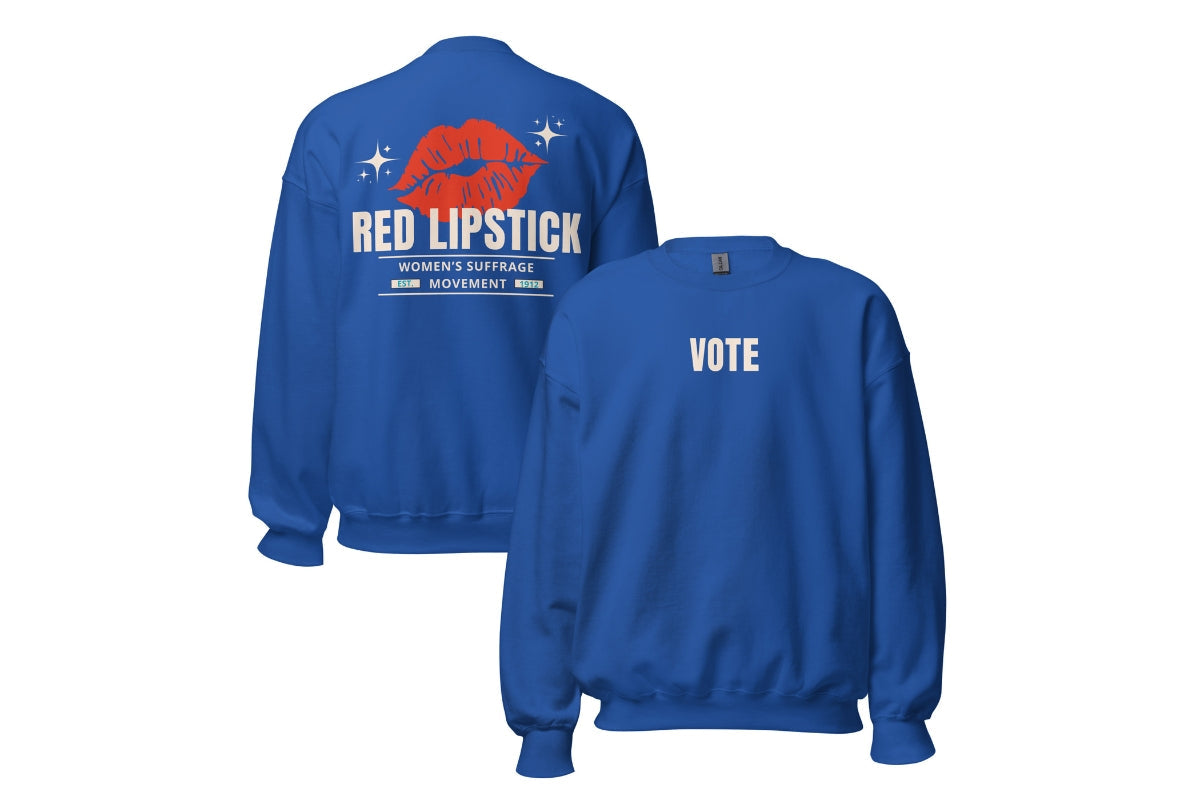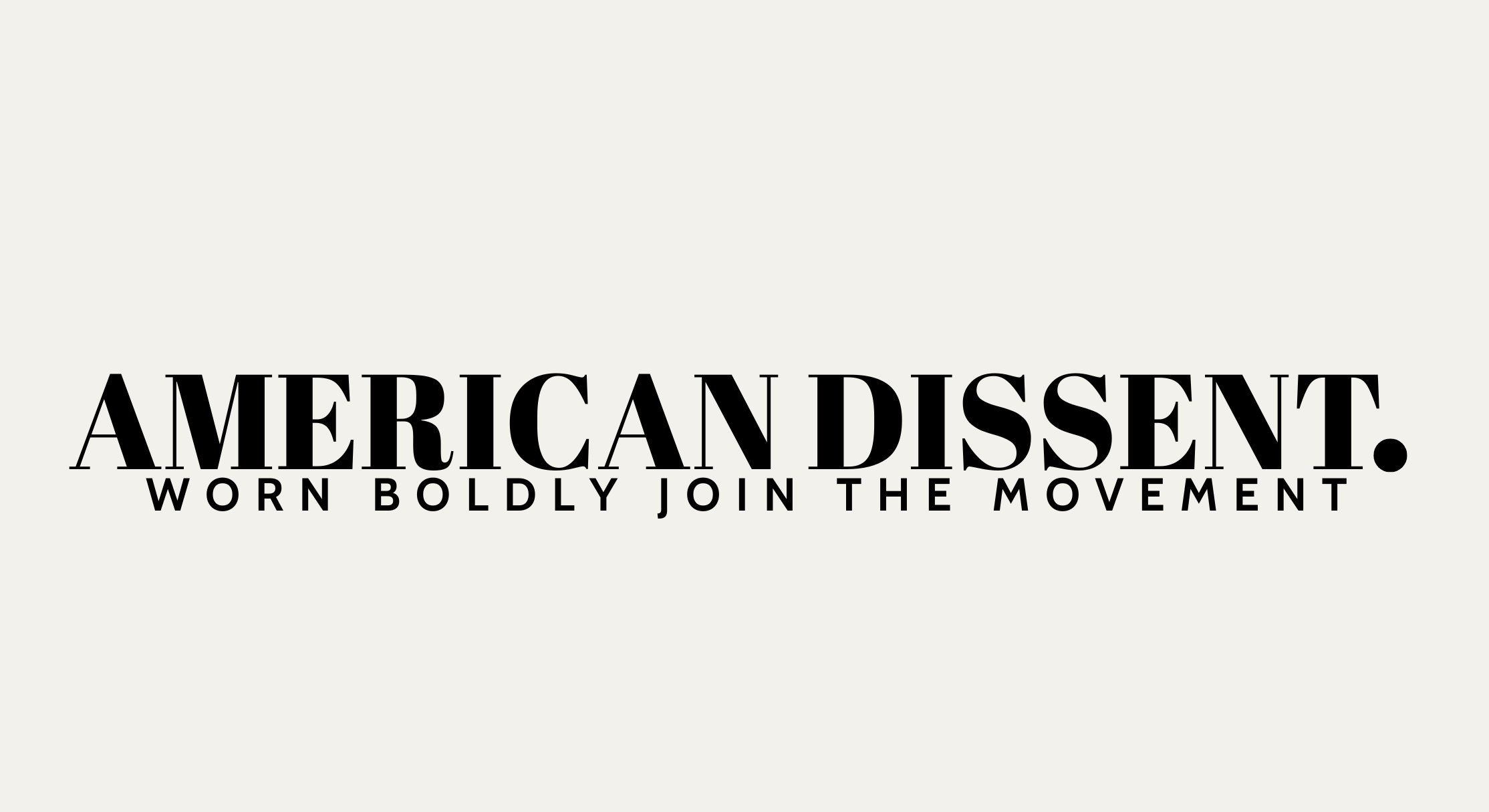Red lipstick has been a striking symbol in various women's movements, with notable figures and groups embracing it as a tool of empowerment and defiance. Red lipstick has transcended its cosmetic purpose to become a powerful emblem of resilience and solidarity. Makeup has been a powerful tool for activism, allowing women to challenge societal norms and express their identities:
- Elizabeth Arden and the Suffragettes: In 1912, during a suffragette march in New York, Elizabeth Arden handed out red lipstick to protesters. This bold act turned red lipstick into a symbol of rebellion and strength for women fighting for the right to vote.
- World War II Women: During the war, red lipstick became a patriotic symbol. Women in the U.S. Army were even required to wear it as part of their uniform. Figures like Helena Rubinstein and Elizabeth Arden created shades like "Victory Red" to boost morale and symbolize resistance against fascism.
- Modern Activists: In recent years, red lipstick has been used in protests against sexual violence and political oppression. For example, in Chile in 2019, women wore red lipstick during demonstrations against gender-based violence.
Makeup has played a fascinating role in activism throughout history. Makeup has been a versatile tool for self-expression and resistance across cultures and eras.
- Ancient Egypt: Cleopatra famously used makeup, including kohl (dark) eyeliner and red lipstick made from crushed carmine beetles, as a symbol of power and allure. Her iconic look challenged gender norms and reinforced her authority as a ruler.
- Madam C.J. Walker: In the early 20th century, Madam C.J. Walker, an African American entrepreneur, used her beauty products to empower Black women. Her cosmetics promoted self-confidence and challenged racial stereotypes, making her a pioneer in both beauty and activism.
- The Punk Movement: In the 1970s, punk rockers used bold makeup, such as heavy eyeliner and unconventional colors, to rebel against societal norms and express their individuality. This aesthetic became a form of protest conformity.
- Hong Kong Protests: During the 2019 Hong Kong protests, some activists used makeup creatively to obscure their identities and evade facial recognition technology. This innovative use of makeup highlighted its role in modern activism.
- Body Positivity Movement: Makeup artists and activists have used makeup to celebrate scars, stretch marks, and other features often stigmatized by beauty standards.
While not strictly makeup, these cultural movements transcend as well.
- The Natural Hair Movement: In the 1960s and beyond encouraged Black women to embrace their natural hair textures, rejecting Eurocentric beauty standards. It was a form of activism that celebrated identity and resisted discrimination.
- South Korea's #EscapeTheCorset Campaign: In recent years, South Korean women have protested rigid beauty standards by rejecting makeup and cutting their hair short. This movement, known as #EscapeTheCorset, challenges the societal pressure to conform to traditional beauty ideals.
- Body Positivity and Makeup Art: Activists have used makeup to reclaim their bodies and challenge beauty norms. For instance, some artists paint stretch marks or scars with vibrant colors, turning them into works of art and symbols of self-love.
- Drag Culture and LGBTQ+ Activism: Drag performers have long used makeup as a form of self-expression and activism. By embracing bold and creative looks, they challenge gender norms and advocate for LGBTQ+ rights. These stories highlight how makeup can be more than just cosmetic—it can be a powerful medium for self-expression and social change.
Through the transformation of cosmetics and fashion into a vibrant form of art, they boldly confront societal conventions while championing self-love and acceptance for every cause, advocating for the rights and dignity of all individuals, regardless of their backgrounds.

